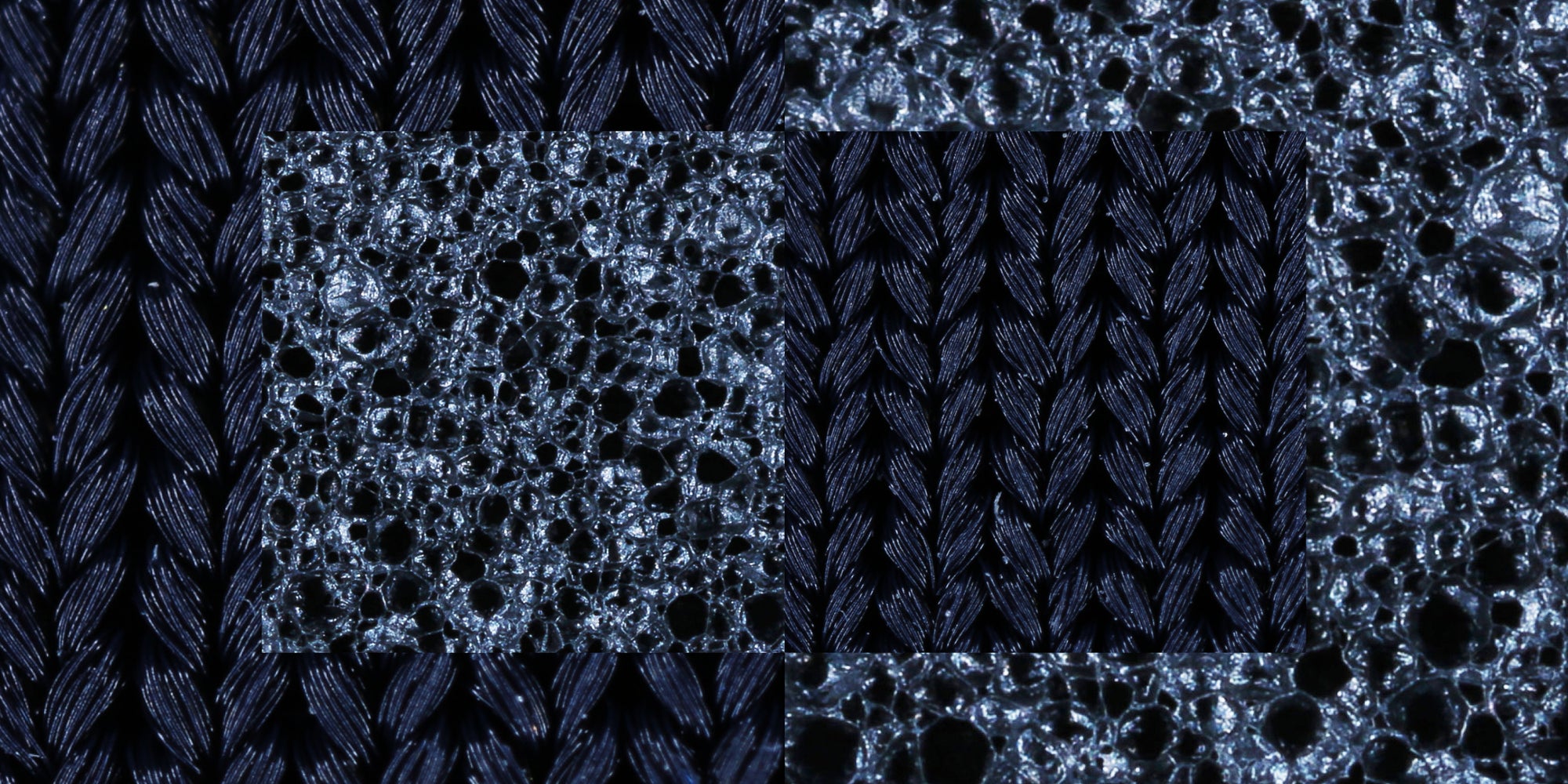Wetsuit Warmth
Your body gets cold because it loses heat when the surrounding environment is colder than you are—like freezing cold ocean water. This is called thermal conductivity. A low thermal conductivity environment means you lose body heat at a relatively slow rate. Air has pretty low thermal conductivity. Water, on the other hand, has very high thermal conductivity. The nerdy engineering term for thermal conductivity is “R-value.” You probably know this if you’re a backpacker. The R-value of air is about 0.024 W / (m*k). This is basically your energy (heat) lost per degree of difference for a given surface area (your body’s surface area).
Some important R-values are:
Air: 0.024
Neoprene: 0.054
Water: 0.58
Umm, so what does this mean? You lose heat over 20 times faster when submerged in water than you do in air (R-water is 20 times larger than R-air). Think about how quickly you get cold in board shorts in 65-degree water than you would in 65-degree air. Now, if your wetsuit material absorbed no water at all, it would be about 11 times warmer than wearing trunks. Of course this is dependent on wetsuit thickness: a 4/3 is about 33% warmer than a 3/2. But if your wetsuit absorbs 20% of its weight in water, which is typical for cheaper wetsuits, then you get an effective insulation only about 4 times better than trunks (20% x R-water + 80% x R-neoprene is 4 times lower than R-water). Does your suit weigh 3 pounds more when it’s wet than when it’s dry? It probably fits in this category then.
Japanese Yamamoto neoprene wetsuits are roughly 98% water impermeable. The rubber itself only absorbs 0.3% of its weight in water, but the jersey material on either side also absorbs some water. This means you get insulation close to 10 times higher than you would with trunks.
How about those fuzzy liners some wetsuits have? Yes, they typically have thermal conductivities very close to neoprene; R-values of wool and polypropylene are both around 0.05. But, using polypropylene as an example, it still absorbs up to 30% of its weight in water. This results in additional insulation for sure, but it also makes them a heavier, less efficient alternative to water-impermeable neoprene. You are better off adding 0.1mm of neoprene than 0.5mm of a typical fuzzy liner.
Yeah, this is lab speak and ignores flushing and leakage. Still, it shows Yamamoto Japanese neoprene can have up to twice the insulation of inferior rubber, and that’s why we chose to use it despite its high cost. It's also the reason some manufacturers say you can wear a Yamamoto suit 1mm thinner than you normally would. We don’t want to make this claim, but we know, and so do our customers, Yamamoto is substantially warmer.
Below Image: #39 Yamamoto neoprene & FERAL jersey material at 5X magnification
